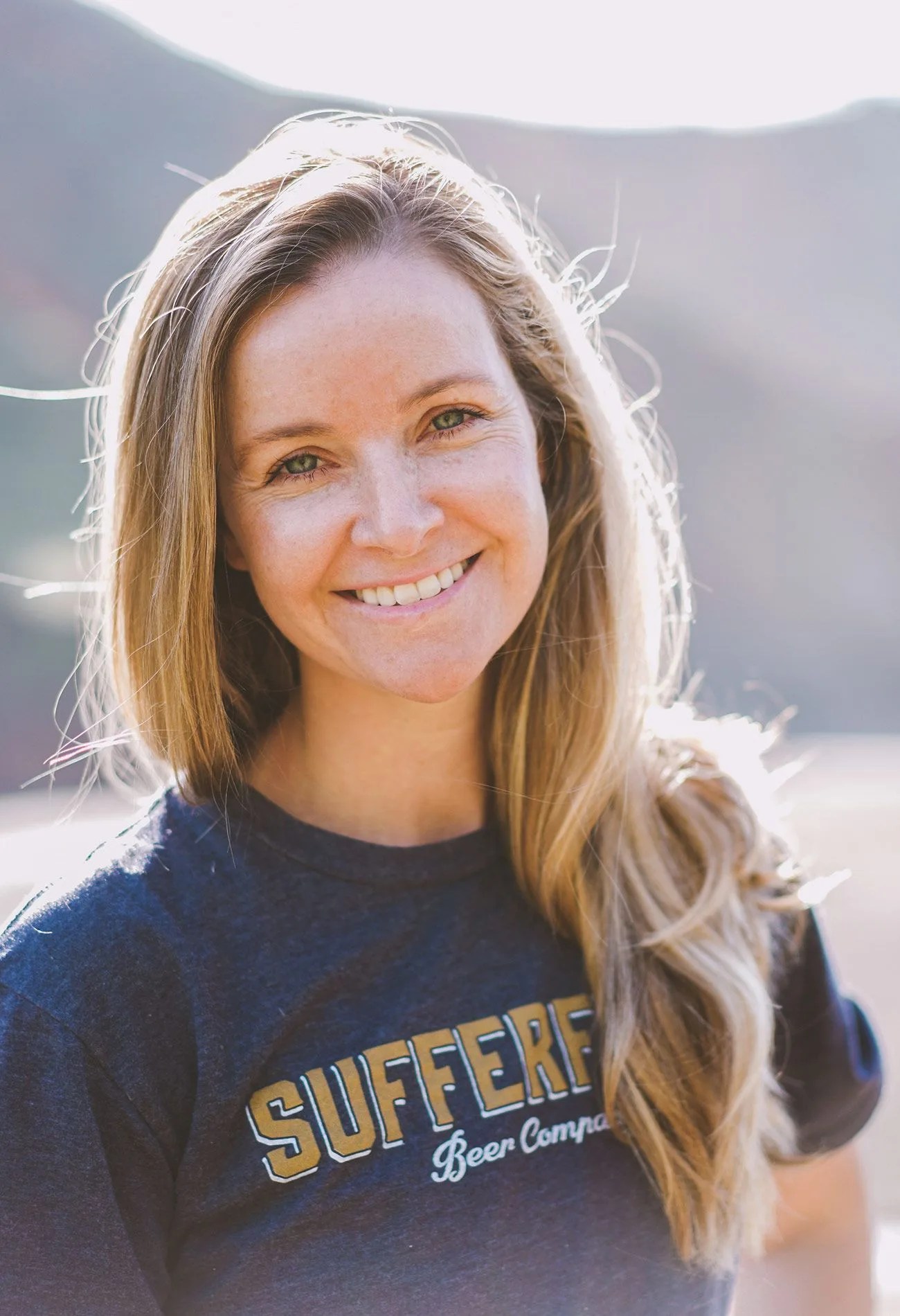As an endurance athlete, Caitlin Landesberg loves the camaraderie that follows a race. Everyone grabs a beer, chats, offers up high fives and re-lives the highlights. So when she had to give up gluten in order to save her health, one of the first things she noticed was how integral beer and pizza were to the endurance community. Running, racing and drinking beer go hand-in-hand. After she collapsed during an ultra relay race, she was diagnosed with an autoimmune deficiency — she’d have to be on medicine for the rest of her life. For someone who has always “identified as an athlete,” and ran anywhere from 50 to 100-miles a week in her backyard of the Marin Headlands, this was a tough pill to swallow.
One of the suggestions given to her was to remove gluten from her diet, and she took it. “All of a sudden my joints were feeling better, and within two weeks, I stopped taking medications for migraines, my hair grew back, my skin was better, I was sleeping better, I was running faster — it was like I had become a better human by 30%,” Landesberg says. “I knew gluten was out of my life. The big bummer was beer and pizza immediately crossed my mind as things I would never be able to enjoy — and that camaraderie went with beer.”
After an extremely tough time convincing her friends to drink obscure gluten-free beers, her husband got tired of listening to her complain and bought her a beer-making course, so she could learn how to brew gluten-free beer herself. “I was excited about the microbiology of ingredients [in beer], so I started taking extension courses at UC Davis. It has a renowned brewing school for people to learn about home brewing or small batch brewing,” Landesberg says. She realized that beer is made from a lot of all-natural ingredients (potassium, iron, calcium and magnesium), so it isn’t all that bad of a recovery drink post-workout.
Before she knew it, she was running a boand otleg home brew operation out of her home in her spare time. Through her job at Strava, she worked with endurance athletes who came to ask for bottles of beer at each training camp and race.

To test out how her beers would hold up to the competition, and if people would even give them a try over more reputable beers, Landesberg and her husband drove to trail races on the weekends in San Francisco. “I would ask the race director, ‘Can I put 15 to 20 of my beers alongside your big brand names?’ They’d have Lagunitas and Sierra Nevada and I would throw my cans in there and watch.” She observed and learned from a primary research perspective. What did people want post-race in a flavor profile?
Despite not being passionate about brewing beer, Landesberg threw herself into it. In October of 2015, she married, and the most important part of the wedding was the beer they were serving. “I wasn’t worried about the dress or the flowers; I wanted my beer to be right,” she says. After the beer was a resounding success, she finally admitted to herself that she had something. She hired a brewmaster to help with balance and understanding flavors and expanded.
